Why to dehumidify ?
Condesation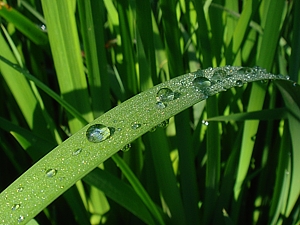
Moisture will not condense on a surface if the air in contact with it has a dew point lower than the surface temperature. Condensation can lead to many problems such as corrosion or short-circuit in electrical systems.
Corrosion
Iron and steel will not rust if the air in contact with the surface is maintained below 50% RH.
Dehumidification is often a more effective and efficient method to protect investments than painting. Objects that can benefit from dehumidification are bridges, power stations, ships (during refit), vehicles and offshore constructions.
Electronics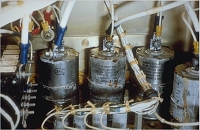
The characteristics of electronic products can change at high relative humidity – failure rates also increase.
Handling with hygroscopic materials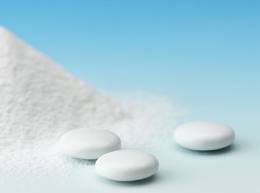
The quality of dry drugs, dried food, confectionery and other hygroscopic materials can only be maintained during production if it is kept in contact with air at a low relative humidity. The most hygroscopic materials demand dew-points so low that they can only be achieved using sorption type dehumidifiers.
Ice forming
Ice will not form on a surface if the air in contact with it has a dew-point lower than the surface temperature. Ice formation is a problem in cold stores where it lowers the efficiency of the cooling equipment. Dehumidification can reduce or eliminate ice build up.
Molds & Fungus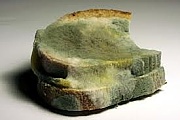
Mould and fungus formation is prevented if the surrounding air is kept below 70%RH. This is very important at many situations, for example at storage of wooden products.
Odours
Unpleasant odours will be dramatically reduced if the relative humidity is kept below 50%RH. For example in sewage stations the odours can be controlled by installing a dehumidifier.
Product drying
When drying heat sensitive products, a low relative humidity is essential for a fast process which can only be obtained with dehumidification. In cooling processes, dehumidification allows for lower temperatures without condensation occuring. The result is faster cooling and money saved.

Bacteria
Bacteria need humidity to survive and multiply. Often the humidity required for bacteria to multiply is found on hygroscope materials. If the surrounding air is held below 50% relative humidity most bacteria will not find a suitable environment to thrive.
Buildings dehumidification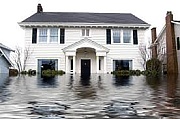
When drying moisture from a building, whether it is a new building or a building with water damage, the most effective way is to use sorption dehumidifying. Heating will only move the moisture to another part of the building and heating in combination with outdoor ventilation will create high energy costs. With sorption dehumidifying the moisture is removed from the building efficiently.
